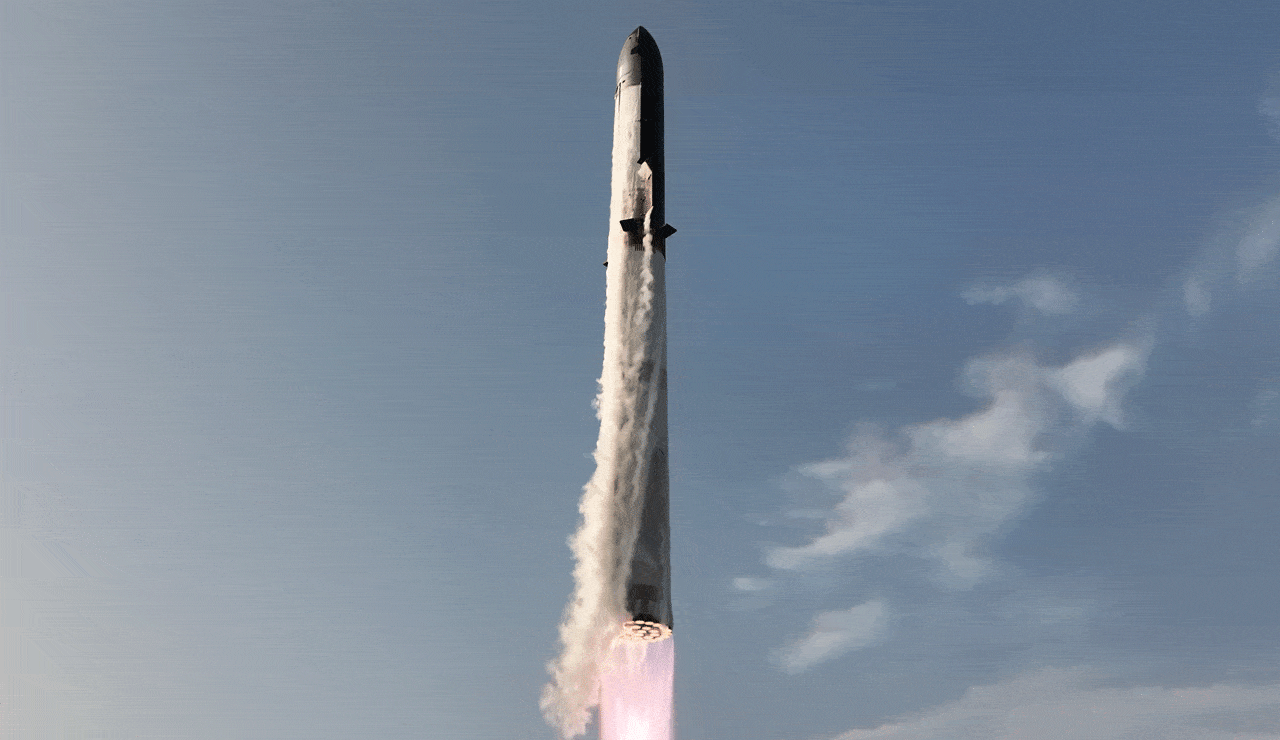Elon Musk’s Moon Rocket Shatters Mid-Flight—What Went Wrong?
SpaceX’s ambitious Starship launch from its Starbase facility in Texas ended in disappointment after the massive spacecraft spun out of control and disintegrated over the Indian Ocean, marking another setback for Elon Musk’s Mars and Moon mission plans.

Texas SpaceX’s ambitious Starship launch from its Starbase facility in Texas ended in disappointment after the massive spacecraft spun out of control and disintegrated over the Indian Ocean, marking another setback for Elon Musk’s Mars and Moon mission plans.
Table of Contents
The 123-meter rocket, on its ninth demo mission, blasted off successfully but failed to achieve crucial objectives, including mock satellite deployment and heat shield testing for future lunar missions.
Spacecraft Door Malfunction Prevents Satellite Deployment
Shortly after liftoff, SpaceX reported a door failure, preventing the release of mock satellites into orbit. This technical glitch was the first in a series of cascading issues that led to the loss of control.
According to SpaceX flight commentator Dan Huot, “Not looking great with a lot of our on-orbit objectives for today.”
Also Read: Hyderabad’s Mango Season Heats Up: Prices Drop, Sales Surge
Starship Spirals Out of Control, Breaks Apart Over Ocean
As the Starship skimmed the edge of space, it began tumbling uncontrollably, eventually undergoing what SpaceX termed a “rapid unscheduled disassembly” — a controlled phrase used by the company for such mid-air failures.
The booster stage, which had no recovery plan in this mission, lost contact and fell into the Gulf of Mexico, while the upper stage broke apart over the Indian Ocean. Fuel leaks are suspected to have caused the malfunction.
First Flight With Recycled Booster Ends in Wreckage
This flight marked the first use of a recycled booster on a Starship rocket, a major milestone in SpaceX’s cost-cutting, sustainable mission strategy. However, the booster was not recovered and crashed into the sea in pieces.
NASA’s Lunar Mission Timeline at Risk
The failure places pressure on SpaceX, especially as NASA relies on Starship for its Artemis missions. The next lunar mission is scheduled for 2026 or later, with Starship expected to ferry astronauts from lunar orbit to the surface and back.
With another test launch likely in the pipeline, NASA’s confidence in SpaceX’s timeline is crucial, especially for the upcoming 2025 moon flyby with four astronauts.
FAA Cleared Launch With Stricter Guidelines
The Federal Aviation Administration (FAA) had cleared the mission just last week, expanding hazard zones and scheduling liftoff outside peak air travel hours to avoid flight disruptions — an issue seen in past test attempts.
What’s Next for SpaceX?
Despite the failure, SpaceX remains optimistic, stating in an official release:
“Teams will continue to review data and work toward our next flight test.”
The company continues to make incremental changes, including new thermal protection tiles and catch fittings for potential booster recovery, to support the long-term goal of building a fully reusable space vehicle.
